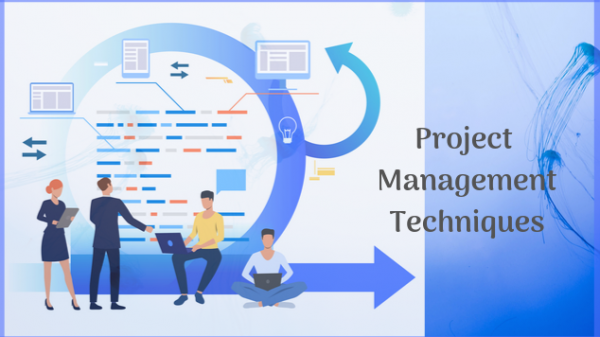
The success of software industries is to achieve its revenue target by effectively managing their software projects. Nowadays, a software project focuses on project management techniques to be a successful project deliverable by adhering to the schedule of the project. Project management techniques vary from traditional to recent innovative techniques. It has a significant part in allocating the tasks, managing the resources, defining the structure and design of the project.
A lot of project management techniques are available to manage the software project. To choose the right project management technique depends upon the complexity of the project, resources involved, project specifications, and many other factors.
Most of the project management techniques are used in various sectors. In this article, we will look into the top project management techniques for managing software projects.
Know about Desklog, a project management software
The classic technique is the traditional technique which is sometimes the easiest technique that can be implemented to manage the project well. It is sometimes found most appropriate to handle the projects. It is a technique which involves preparing the plan of the project, allocating the tasks, estimating the schedule, managing the resources, and tracking the deadline of the project.
Usage: It is most appropriate for managing small projects handled by a small team when there is no need for any complicated process.
Waterfall technique is also a type of traditional technique. It follows a simple approach. The technique is very sequential. The tasks are performed sequentially. Gantt charts are used to track the performance of the task. It provides a graphical representation of dependencies and phases.
Usage: This waterfall technique is appropriate for a complex project where it depends on the detailed phasing of the project. The rigid work structure helps in achieving the successful project deliverables.
A certain set of principles or protocols which are based on value-centered approach. Agile is a methodology where the project is divided into iterative sprints to incorporate any changes before the deployment phase of the project or in between the development, testing phase of the project. The team collaboration and self-organization help to improve the value and attain the peak value within the stipulated time or schedule of the project. The framework of Agile includes various project management techniques like Kanban, Scrum, DSDM, FDD, etc.
Usage: This technique is implemented where iterative changes need to be incorporated in the form of a sprint. The self-organized and collaborative team can perform this agile methodology.
RUP is also a framework which can be implemented for software development projects. It is similar to an agile process where the iterative development process is involved. Here the feedback from the users will be considered for future development and planning of the project.
Usage: RUP technique is implemented in such a software project where end-user requirements are met.
Learn about Agile and Scrum Management Software
PERT refers to Program evaluation and review technique. This technique is widely used in various sectors. The work results are evaluated based on PERT charts and it provides visual tracking of the project. It involves detailed planning of the project and the complex process. This technique was developed in the US by the Navy team to improve project efficiency in order to face the cold war.
Usage: This technique can be implemented for the projects where the challenging requirements and routine tasks are not involved. It is appropriate for the long term and large scale projects.
This technique connects with the above discussed PERT method. This is an algorithm to find the longest path from the initial phase to the final phase of the project with a series of tasks involved. Critical tasks are identified via this technique so that it requires more focus to finish the project within the deadline.
Usage: The critical path technique can be implemented where the complex or large scale projects focus on deadline and successful deliverables. It is used in various sectors like software development, Defense, Construction, etc.
Critical chain technique is derived from the critical path method and the PERT method. No focus on the schedule of the project based on the task order. It focuses on resource allocation to optimize the time. It prioritizes on dependencies, expenses, and time optimization.
Usage: This technique can be implemented where the resources required for the project are limited. It is also most appropriate for complex projects.
XPM refers to extreme project management. It focuses on an open approach, flexible planning of the project, non-deterministic management. Formal methods and rigid phases of the project is not focussed in this technique. The major importance is provided to the human factors of the project.
Usage: This project management technique can be used for large scale or complex projects. This technique well manages projects which involve unpredictable and uncertain factors.
Hope in this article, you will be able to find the top list of project management techniques. This article also provides the uses of these project management techniques so that it gives a clear idea of where to use these project management techniques. Overall, these project management techniques and methodologies will improve the productivity and efficiency of the project.
Get started with the right project management software and choose a suitable project management technique to achieve the target and successful project deliverables.